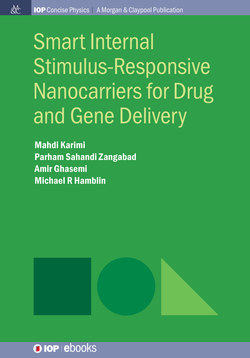Описание книги
The concept of smart drug delivery vehicles involves designing and preparing a nanostructure (or microstructure) that can be loaded with a cargo. This can be a therapeutic drug, a contrast agent for imaging, or a nucleic acid for gene therapy. The nanocarrier serves to protect the cargo from degradation by enzymes in the body, to enhance the solubility of insoluble drugs, to extend the circulation half-life, and to enhance its penetration and accumulation at the target site. Importantly, smart nanocarriers can be designed to be responsive to a specific stimulus, so that the cargo is only released or activated when desired. In this volume we cover smart nanocarriers that respond to internal stimuli that are intrinsic to the target site. These stimuli are specific to the cell type, tissue or organ type, or to the disease state (cancer, infection, inflammation etc). pH-responsive nanostructures can be used for cargo release in acidic endosomal compartments, in the lower pH of tumors, and for specific oral delivery either to the stomach or intestine. Nanocarriers can be designed to be substrates of a wide-range of enzymes that are over-expressed at disease sites. Oxidation and reduction reactions can be taken advantage of in smart nanocarriers by judicious molecular design. Likewise, nanocarriers can be designed to respond to a range of specific biomolecules that may occur at the target site. In this volume we also cover dual and multi-responsive systems that combine stimuli that could be either internal or external.
